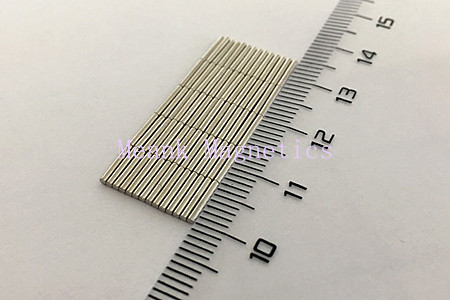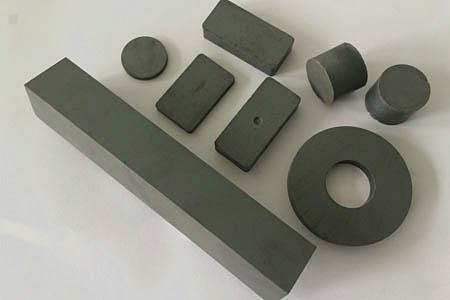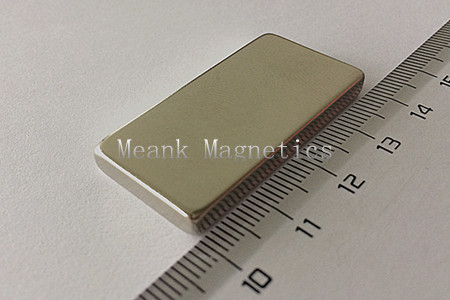Magnets come in a variety of types, with varying degrees of magnetic strength, resistance to heat, permanence, and tolerance of corrosion.
Magnets can be categorized into two main groups: permanent and non-permanent. From there, they can be divided into smaller groups, such as electromagnets and superconductors. In addition, many magnet assemblies can be categorized by their composition. Examples include ceramic magnets, alnico magnets, rare earth magnets, samarium cobalt magnets and neodymium magnets. Finally, magnets can also be defined by their shape or application. Magnets relegated to a specific industry or application include sheet magnets, bar magnets, strips, and bipolar assemblies.
Permanent magnets maintain their magnetism without the assistance of outside forces, and they generate neither heat nor electricity. They are the most common type of magnet.
Non-permanent magnets are triggered by an external power source, namely strong magnetic fields. Used in electronics, they are typically made from ferrous materials.
Electromagnets, or electro magnets, also require triggering from an external source of power to be magnetic. In their case, this external source is the magnetic field produced by electric currents coursing through tightly wound wire coils. They can be turned on and off at will. Electromagnets are used in numerous industrial applications, including solenoid valves, biomagnetic separation, AC and DC motors, and electric transformers.
Superconductors are the strongest type of magnet. Unlike the others, they do not have a metal core and they must be cooled at a low temperature. They are used primarily with heavy-duty machinery such as MRI machines or magnetic separator machines.
Ceramic magnets, also known as ferrite magnets, are a type of permanent magnet. They have a low amount of magnetic power and are very brittle and are more easily prone to breakage compared to other magnets. Despite this, ceramic magnets are very cost-effective, and are used in applications such as magnetic tools, magnetic chucks, and motors.
Alnico magnets are also permanent magnets. They slightly more expensive than ceramic magnets. These strong magnets are similar to ceramic magnets, except that they are less brittle, have higher magnetic resistance, and can be more easily shaped.
Rare earth magnets have higher manufacturing costs than ceramic magnets. However, they are much more powerful and are much more likely to retain their magnetism. Rare earth magnets are typically costlier than their non-rare-earth counterparts due to the scarcity of rare earth materials and the lengthy process of the extraction of the materials from lanthanide ores.
Rare earth magnets are utilized as industrial magnets, and are used for applications including MRIs, testing, sensors, speakers, motors, holding, and lifting.
Types of rare earth magnets include samarium cobalt magnets and neodymium magnets. The elements samarium and neodymium both contain outer f-electron shells that are partially filled, and act as a powerful source behind their magnetic fields.
Samarium cobalt magnets are made of a combination of cobalt and samarium and are known for their high resistance to corrosion and demagnetization. Another key characteristic is their thermal stability, as they remain stable up to 550℃. For this reason, samarium cobalt is used in applications that involve exposure to extreme heat, like medical tool use and motors.
Neodymium magnets have a stronger magnetic pull than any other type of magnet. They are also harder than ceramic magnets. Despite their powerful magnetic force, they are much less resistant to heat and corrosion than others. These magnets are made from a composite of boron, iron, and neodymium. To combat their brittleness, neodymium magnets are coated with nickel.
Sheet magnets are composed of a ferrite-plastic composite. To make use of the composite material, manufacturers extrude it into a magnetic sheet and cut it into magnetic strips of flexible rubber material. Sheet magnets are commonplace in the automotive and consumer industries.
Bar magnets are the most common type of magnet. They are made from ferrite metal materials and are shaped as a narrow rectangle or bar.
Strip assemblies are made up of thin
rubber magnets pieces that are coated with adhesives. They are used on irregular surfaces.
Bipolar assemblies are heat resistant assemblies used for items that require assistance with wide alignment or holding.




